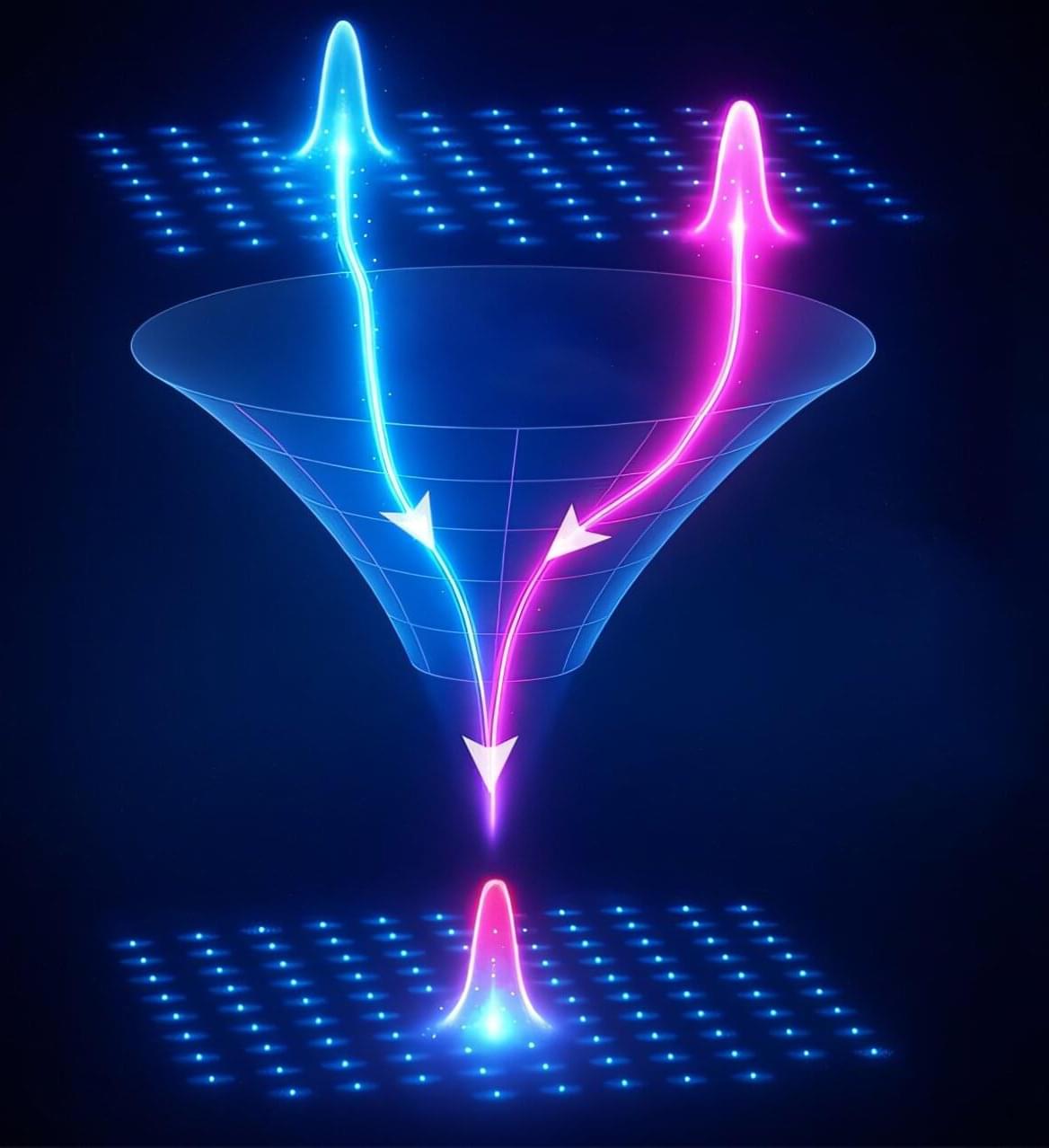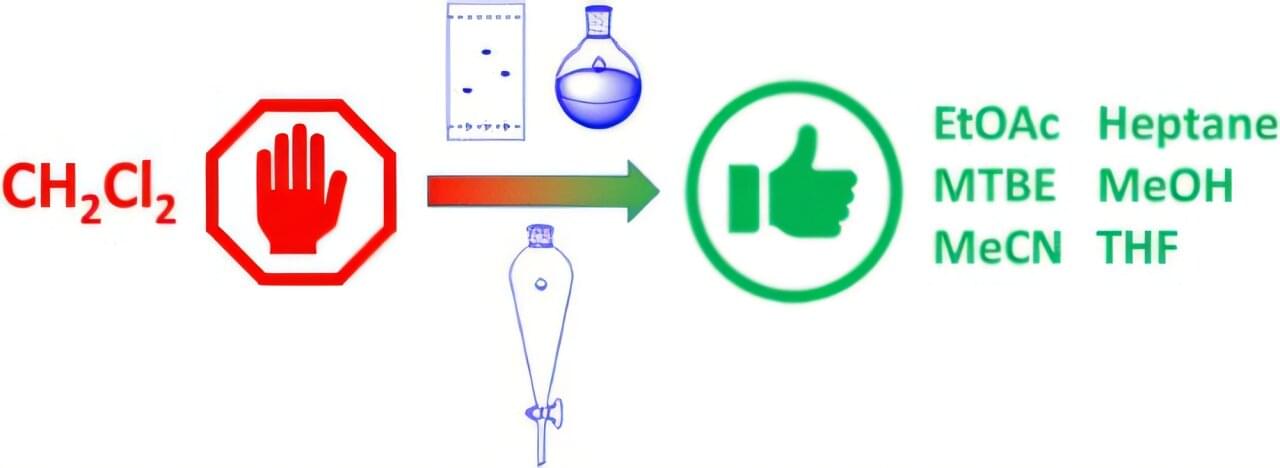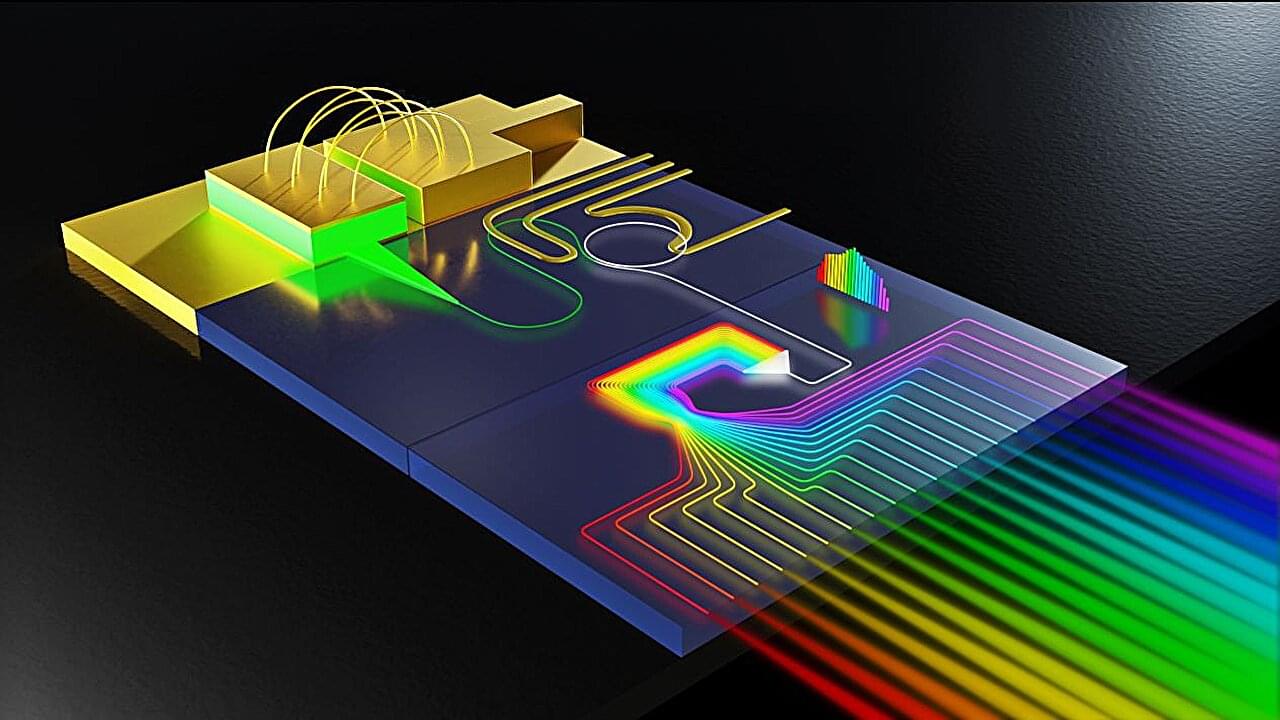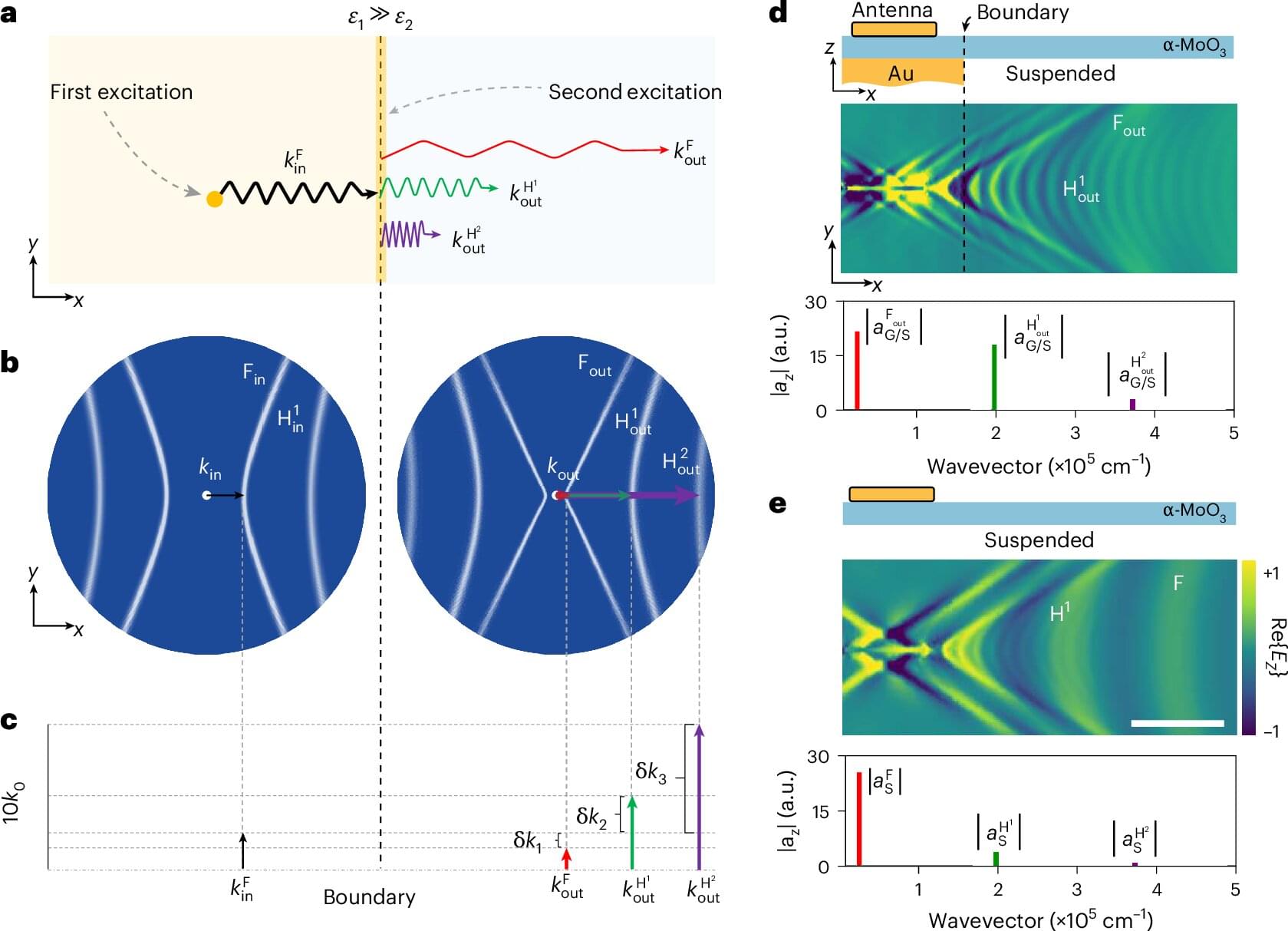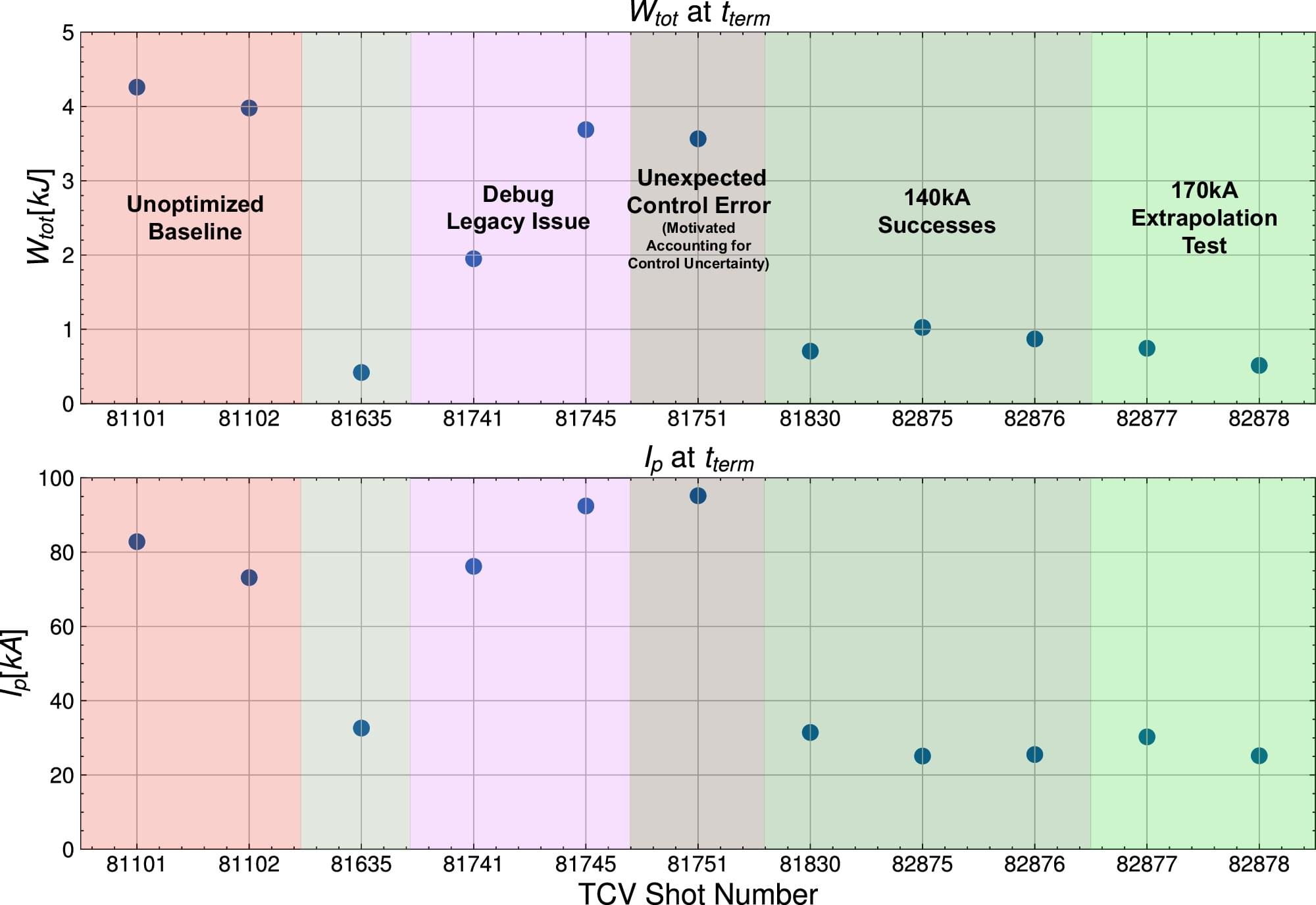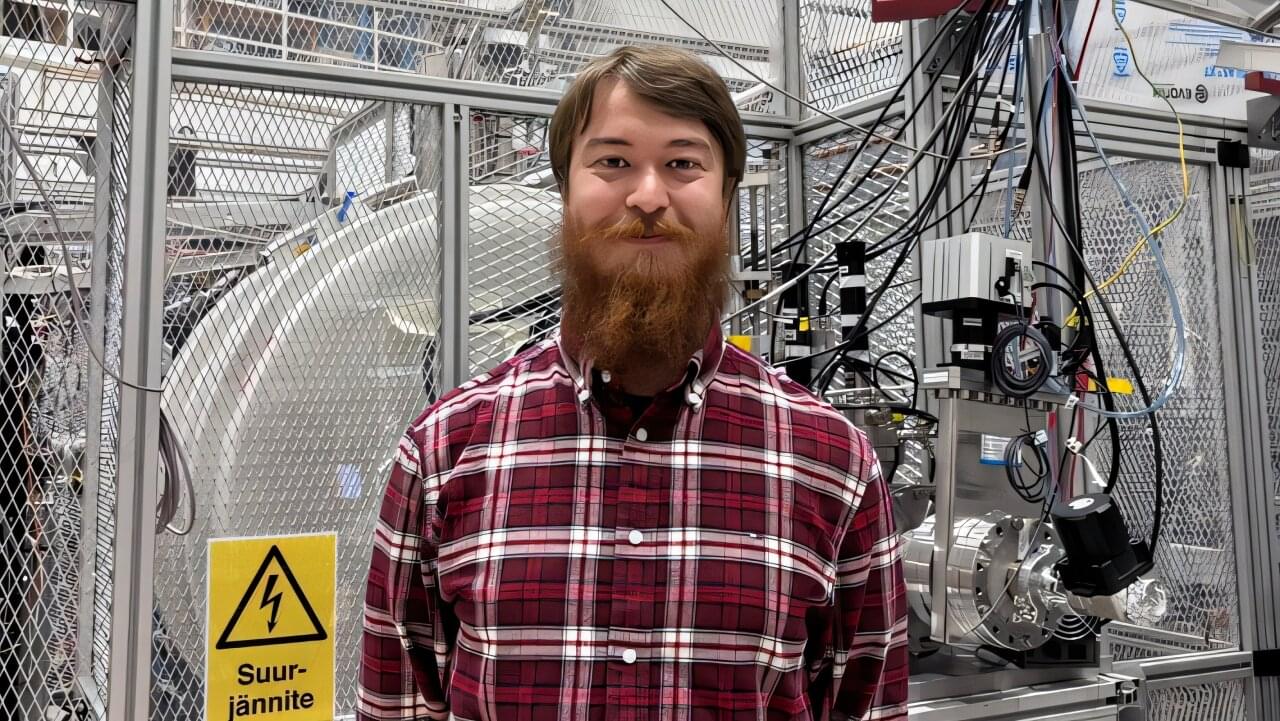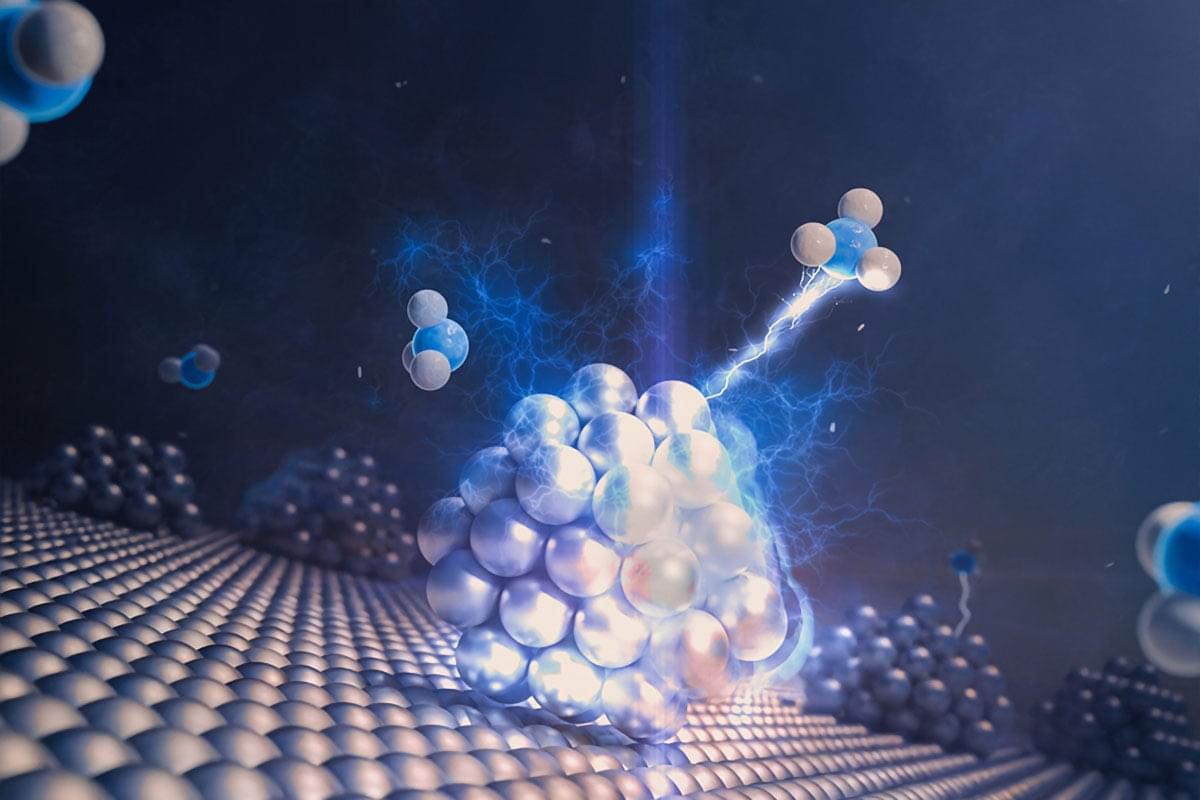An international team of researchers has developed a novel technique to efficiently excite and control highly-confined light-matter waves, known as higher-order hyperbolic phonon polaritons. Their method not only sets new records for the quality and propagation distance of these waves but also uses a sharp boundary to create a form of pseudo-birefringence, sorting and steering the waves by mode into different directions.
This advance, published in Nature Photonics, opens new avenues for developing nanoscale optical devices for high-speed signal processing and ultra-sensitive chemical detection.
In the quest for ultra-compact, light-based circuits, scientists are turning to polaritons—hybrid modes formed from the coupling of light with optically active material excitations such as plasmons or phonons. These remarkable quasiparticles can squeeze light into spaces far smaller than its natural wavelength, overcoming the conventional limits of far-field optics. However, exciting most confined variants—higher-order polaritons—has been a major challenge, as they demand a much larger momentum boost than single-step excitation methods can deliver.

